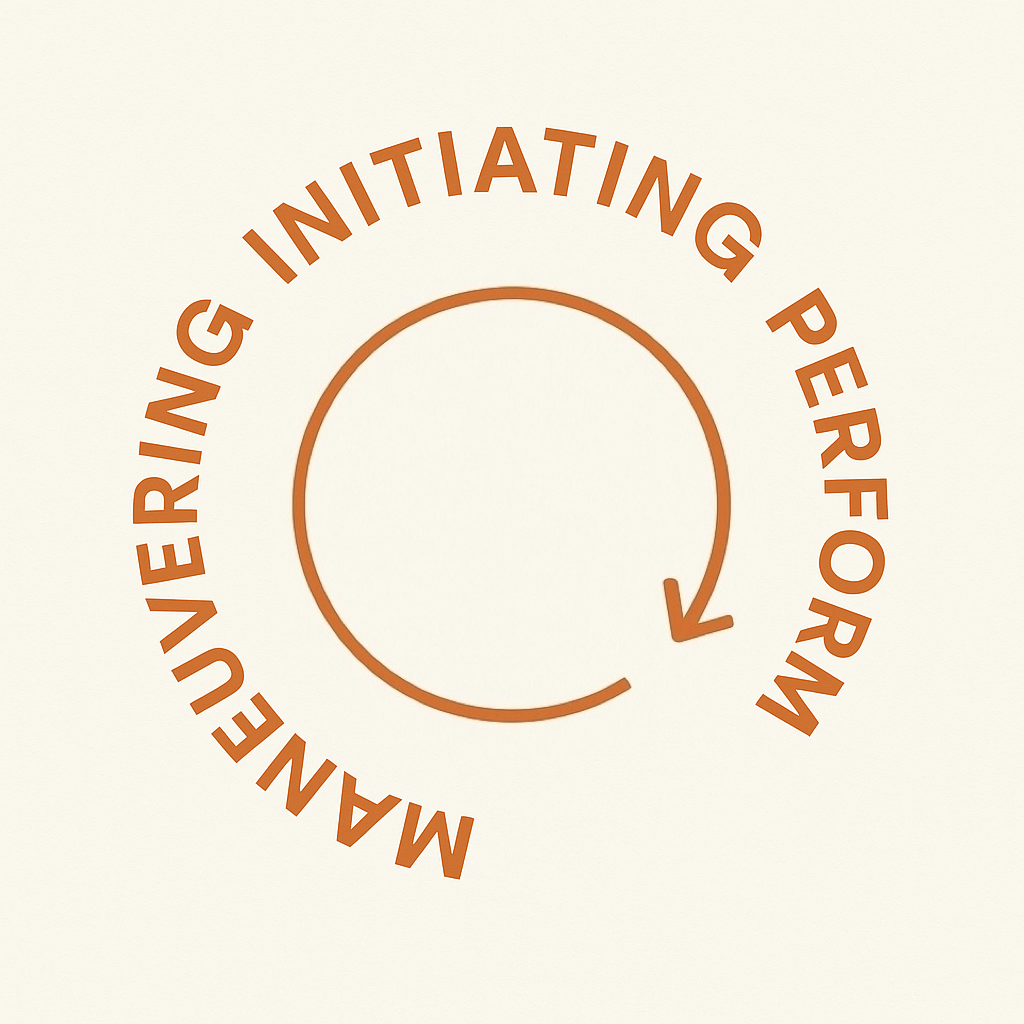Mediation skills for therapists
Check out the downloadable reference card at the end of this post.
🎯 1. Start by Regulating the Room
Goal: Keep both partners in their mutual “window of tolerance.”
- Use your nervous system as anchor: Slow your tone, breathe audibly, and model regulation.
- Pause when flooded: “Let’s take thirty seconds before continuing—this feels heated.”
- Micro-grounding: Have them place feet on floor, name one body sensation, then resume.
Tip: Treat emotional regulation as the intervention itself, not a prelude to “getting somewhere.”
🎯 2. Structure “Fair Process” for Dialogue
Goal: Prevent reactivity and reestablish a sense of safety.
- Use looping dialogue:
- Partner A speaks (≤2 minutes).
- Partner B paraphrases until Partner A says, “Yes, that’s it.”
- Switch roles.
- Frame rules as shared goals: “We’re practicing listening, not debating.”
- Validate before problem-solving: Clients won’t move to logic until they feel heard.
Tip: Explicitly note moments of curiosity or softening—it rewires the interaction.
🎯 3. Reframe from Attack to Longing
Goal: Shift blame into vulnerable need statements.
- “You never touch me anymore” → “I miss feeling close to you.”
- “You control everything” → “I need to feel trusted and equal.”
Mini-exercise: Ask each partner to finish the sentence:
“What I really want you to understand is…”
Write those statements on paper to keep focus on needs rather than accusations.
🎯 4. Intervene at the Pattern Level
Goal: Highlight how they fight, not what they fight about.
- Map the cycle visually on a notepad: “You withdraw → they pursue → you feel criticized → they feel abandoned.”
- Use neutral process commentary: “Notice how your tone just shifted—what’s happening inside right now?”
- When stuck, invite time travel: “If this pattern continues six months, what happens to your connection?”
Tip: Couples often gain relief when the pattern becomes the shared enemy.
🎯 5. Develop Shared Meaning and Repair
Goal: Build collaborative narrative rather than scorekeeping.
- Use “we” language: “What can we do differently next time?”
- Normalize repair attempts: Teach phrases like “Can we start over?” or “That came out wrong.”
- Anchor progress: End each session naming one insight or small shift both noticed.
Tip: When they manage a successful repair moment in-session, pause to highlight it—this encodes safety.
🎯 6. Strengthen Your Own Mediation Reflexes
- Record practice sessions (with consent) and note your interventions’ timing—when you waited, when you redirected, when you joined affectively.
- After each couple, debrief:
- What worked to lower arousal?
- What phrase helped them turn toward each other?
- Where did I accidentally take sides?
- Maintain a personal “language palette”: 10–12 neutral phrases you can rely on when tension spikes (e.g., “Let’s slow this down,” “What’s important about that for you?”).
📚 Integration Resources (Optional Practice)
- Books:
- Difficult Conversations – Stone, Patton & Heen (great mediation framing).
- Hold Me Tight – Sue Johnson (emotionally focused approach to repair).
- Nonviolent Communication – Rosenberg (language reframing).
- Exercises to try in supervision:
- Role-play “looping until accurate empathy.”
- Practice reframing positional statements into feelings/needs live with colleagues






